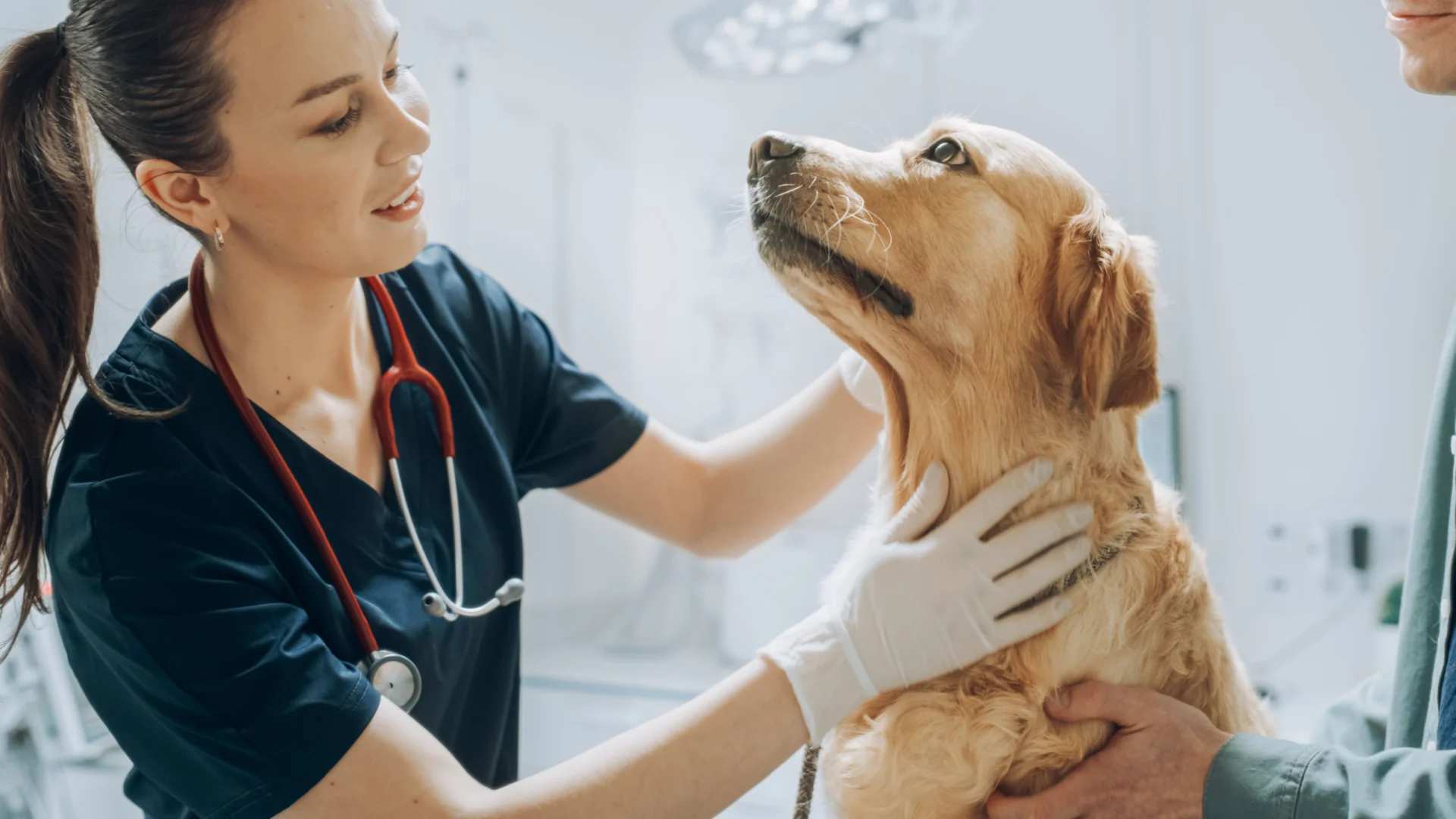Key Characteristics of CL
Caseous lymphadenitis (CL) is a chronic disease that has created significant economic loss in farmed small ruminants for centuries. The term “caseous” comes from the cheese-like consistency of the pus. It is caused by Corynebacterium pseudotuberculosis, a bacterium that usually targets the lymph nodes and sometimes other tissues, including the lungs, liver, and spleen. It causes swelling, abscess formation in the affected area, and, in more severe cases, mortality. CL can be challenging to treat due to its complex characteristics, therefore ensuring proper diagnosis is critical. In this blog post, we discuss key characteristics of caseous lymphadenitis, Corynebacterium pseudotuberculosis, and the most effective ways to recognize it.
Symptoms
- Swelling and abscessing can appear uniquely, either externally or internally. If external, CL typically presents as a lesion on the superficial lymph nodes around the neck, jaw, and shoulders. Internally, CL often occurs subcutaneously, or in the lungs, liver, and spleen. This can cause systematic infections, which can be fatal.
- As the animal’s immune system fights the infection, it will become weaker, causing weight loss and decreased productivity.
- Often the abscesses will rupture and discharge thick pus with a pungent odor.
Transmission
- The pus holds Corynebacterium pseudotuberculosis, so once ruptured, it becomes extremely contagious. Animals can contract CL by direct contact with an affected animal or indirectly via contaminated bedding, fence posts, feeders, etc. Due to CL’s status as a notifiable disease, when diagnosed, it must be reported to the state laboratory. Therefore, accurate and fast diagnostic tests are required to control this disease.
Impact
- CL can inflict severe economic losses on farmers due to a decrease in wool, milk, or meat production. Herd quality can also be affected because control of chronic cases can be difficult in larger herds.
Testing
Several forms of testing were used to identify Corynebacterium pseudotuberculosis. Some forms of testing commonly used include Polymerase Chain Reaction (PCR) testing, several types of Culture testing, and Next Generation Sequencing (NGS) testing.

Challenges of Diagnosing and Treating Corynebacterium pseudotuberculosis
Corynebacterium pseudotuberculosis is a rod-shaped, facultative intracellular bacteria, meaning it replicates and lives inside the cell of the host organism. This makes it incredibly resilient and persistent in the environment, especially in soil, manure, contaminated equipment, or any atmosphere with low-oxygen conditions for up to 18 months. This environmental stability plays a leading role in the transmission of disease, particularly in farm settings where biosecurity is not always the number one concern.
The genus Corynebacterium is a gram-positive bacterium, which also includes Mycobacterium, Nocardia, and Rhodococcus (CMN group). Members of the CMN group share similar structural and biochemical features, such as slow growth rates and complex cell wall lipids. This group is highly diverse and falls under a broader category of actinomycetes: bacteria that exhibit a unique, filamentous growth pattern that closely resembles fungi. They grow best in anaerobic environments, with little to no oxygen. This can complicate identification and be easily mistaken for other similar-resembling pathogens, making it difficult to culture.
Why PCR and Culture Testing are Insufficient
PCR (Polymerase Chain Reaction) testing is a great resource for detecting certain bacteria, but it has its limitations compared to NGS (Next Generation Sequencing), especially in terms of depth and flexibility. PCR testing only detects what it is designed to detect; therefore, you must know the exact genetic sequence or pathogen you’re looking for. One of the main errors in PCR testing is how it manages mutations. If unexpected mutations occur in the primer-binding regions, the test cannot detect them and produces a false negative result.
Culture testing with intracellular bacteria can be challenging due to its complex needs. Intracellular bacteria need host cells’ nutrients, pH, and enzymes to survive and replicate components that a culture environment cannot replicate. In several cases, intracellular bacteria could take weeks to grow or may not grow at all under normal lab conditions. To have the opportunity to grow, they must have perfect conditions, including low oxygen, specific cell types, unique nutrients and cofactors, etc. With slow-growing bacteria, there is a big risk of overgrowth and contamination of other bacteria. Fast-growing contaminants can easily take over before the slow-growing pathogens have a chance to appear. This can create lots of false negatives and incorrect results.

Next Generation Sequencing (NGS) offers a more inclusive result by not only testing the eight primary bacteria involved in the infection but also the known and unknown pathogens or mutations as well, which ensures the most error-free results. NGS can sequence the DNA of bacterial cells in a sample, allowing identification of a wide range of pathogens. In addition to identifying bacteria and fungi, our test also provides valuable information about the antibiotic resistance of the bacteria identified. This allows for more tailored, effective treatment strategies and contributes to proper antimicrobial stewardship.
Here at MiDOG Animal Diagnostics, we offer Next Generation Sequencing (NGS) testing, which allows us to see a wide range of pathogens and analyze their antimicrobial resistance (AMR) profiles. This equips veterinarians with the tools needed to make quicker, more reasoned treatment decisions. By using NGS, we promote better animal health and responsible use of antimicrobials.

Final Thoughts
Caseous lymphadenitis is a disease caused by Corynebacterium pseudotuberculosis that causes abscesses in the lymph nodes and other tissues. Caseous lymphadenitis is easily transmissible and can have a big economic impact on production. Because Corynebacterium pseudotuberculosis is an actinomycete and produces antibodies that can linger for several months, culture testing and PCR testing are notorious for producing numerous false negatives. Fortunately, NGS testing can address these limitations and produce better results to identify the key bacterial markers involved in CL and antibiotic resistance to overall more precise diagnosis and effective treatments.
Written by: Kaitlyn Kavanagh
Categories: Antibiotic Resistance, Bacterial Infections, Next-Gen DNA Sequencing Technology



